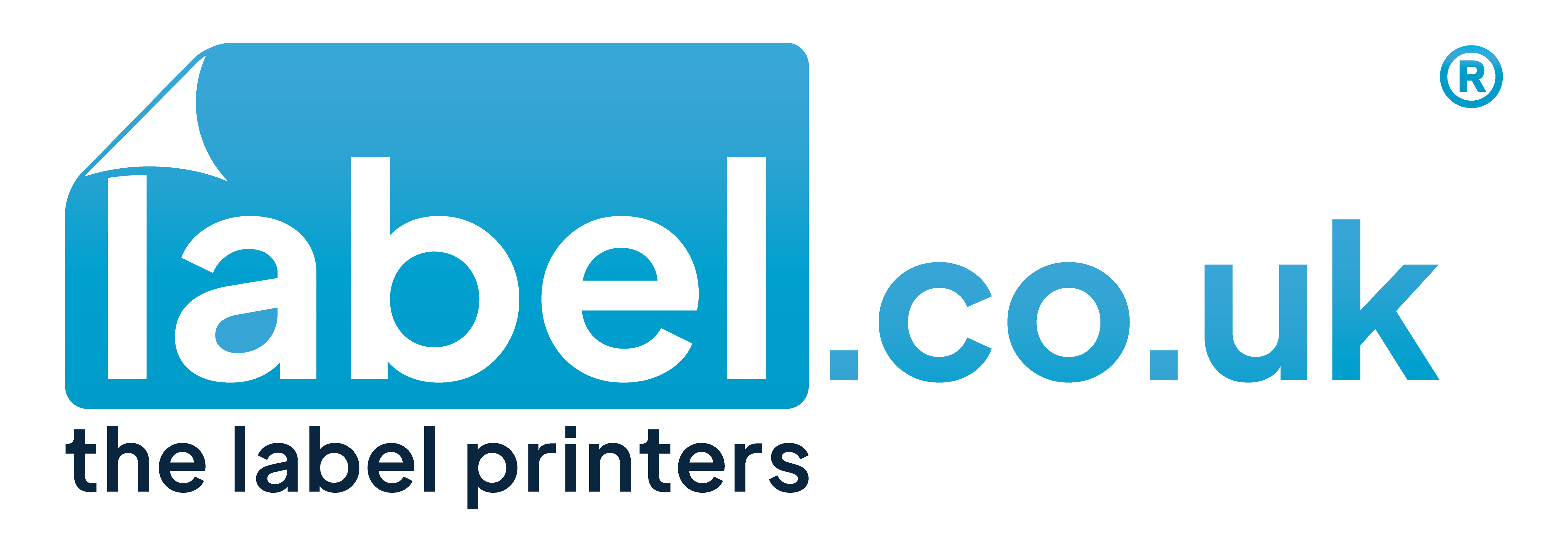Artwork Requirements
- CMYK Colour Mode
- 2.5 mm Print Bleed
- 300dpi Resolution
- Email: info@label.co.uk
- Tel: 0203 588 1080
Making Your Label Design & Artwork Files Print-Ready
The first step in the label printing process is to send our pre-press team your full artwork files. Files that are print-ready helps us to ensure that we can send your labels to our printing queue as fast as possible – we love quick turnaround times as much as you! We highly recommend working with a design professional not only so your artwork is print-ready, but also so your final product is as perfect as you intend it to be!
Prefer us to ensure that your label artwork is print-ready?
Useful Downloads:
AI - Adobe Illustrator
An .AI file is a piece of label artwork that has been designed in a software program called Adobe Illustrator. Adobe Illustrator is the industry standard program used by professionals to design custom printed labels. Adobe Illustrator software utilises vector graphics/data; scalable graphics that do not lose quality when resized. Alongside the advantage of scalability, vector graphics are pieces of data, a little like jigsaw pieces, that can be isolated and manipulated by our graphics team where needed.
Artwork Services
To create professional print data, it’s best to use graphics programs such as Adobe Illustrator, InDesign or ArtPro. Detailed instructions on how to best create your print data can be found here. Or why not just use one of our Artwork Services? What are Artwork Services? We check your print data for technical errors depending on the selected correction package. So you can be sure that you will get the desired print result. View our Artwork Services here.
Barcodes
A barcode is encoded information in the form of a visual pattern that a machine can read; in the form of black and white bars (elements). In terms of artwork and label design, the elements must be clear and of a high enough resolution. Your label should incorporate a barcode that has black bars on a white background as this offers the most contrast. If your label uses a transparent material then HPI White ink should be used to create a box/background for the bars. To ensure readability the dpi of the barcode should be between 300 and 600dpi and have a minimum width of 25mm
Bleed
In terms of custom label printing, a print bleed is the element of print that goes beyond where the label will be cut to size. The print bleed is the area of the label design that will be cut away in our production procession processes. If it is to be cut away, why is it needed? When printing labels on rolls, material in the machines can “wobble” by a millimetre or so. Where this happens and there is no print bleed there are invariably white edges to the labels; not a great look. The print bleed is typically a continuation of the background colour of the printed label design.
CMYK
CMYK is the colour model used in digital label printing and refers to four inks; Cyan (C), Magenta (M), Yellow (Y) and Key (K-Black). It is imperative that your label designs are set up within this colour model and not RGB (Red, Green & Blue). Where your designs feature Pantone Spot colours please convert them to CMYK and label them as your chosen Pantone reference. Here our printing operatives will ensure a closer match as possible. In this case we always recommend producing a label proof for approval before larger contracts.
Cutting Tool
A die cutting tool is a tool that we use to cut your labels to shape. To ensure correct cutting, this element needs to be set up as a spot colour and set to “overprint.” If you are looking to produce custom shaped labels, then it is important that this is done correctly as we will extract the cutting tool data that you provide and manufacture the die cutting tools accordingly.
HPI-White (White Undercoat)
This is a white ink that is predominantly used on transparent films and metallic coated papers. It stands for HP-Indigo White; the HP Indigo is one of our digital presses. The term is important and should be used in your label artwork files (where required) in order for the machine to recognise it as a special ink and print accordingly.
Outlined Text
This essentially means that any text that features in your artwork should be converted to vector graphics (see AI for additional information). The beauty of custom label design is that the only real limitation is the designer’s imagination. Should a designer have opted to use a new or rather rare font for the text elements and our team does not have access then a font such as “times new roman” will be substituted in for the beautiful text created by your designer. Two issues arise here; it doesn’t look great and it can move other elements around. It’s asking for unwanted surprises. Where text is outlined, it becomes a “jigsaw piece” within your design and will not be affected.
OVG
These additional colours (Orange, Violet and Green) can be used to expand the CMYK colour model and allow us to better simulate spot colours.
RGB
RGB is the colour model that your computer screen uses to display images. The acronym stands for Red, Green and Blue. In comparison, the RGB colour model is larger than the CMYK model. It is therefore extremely important that your artwork files are set-up within the CMYK colour model otherwise there may be colours that we cannot accurately reproduce.
Quick Link:
- AI – Adobe Illustrator
- Artwork Services
- Barcodes
- Bleed
- CMYK
- Cutting Tool
- dpi
- Hot Foil
- HPI-White
- Outlined Text
- OVG
- RGB
